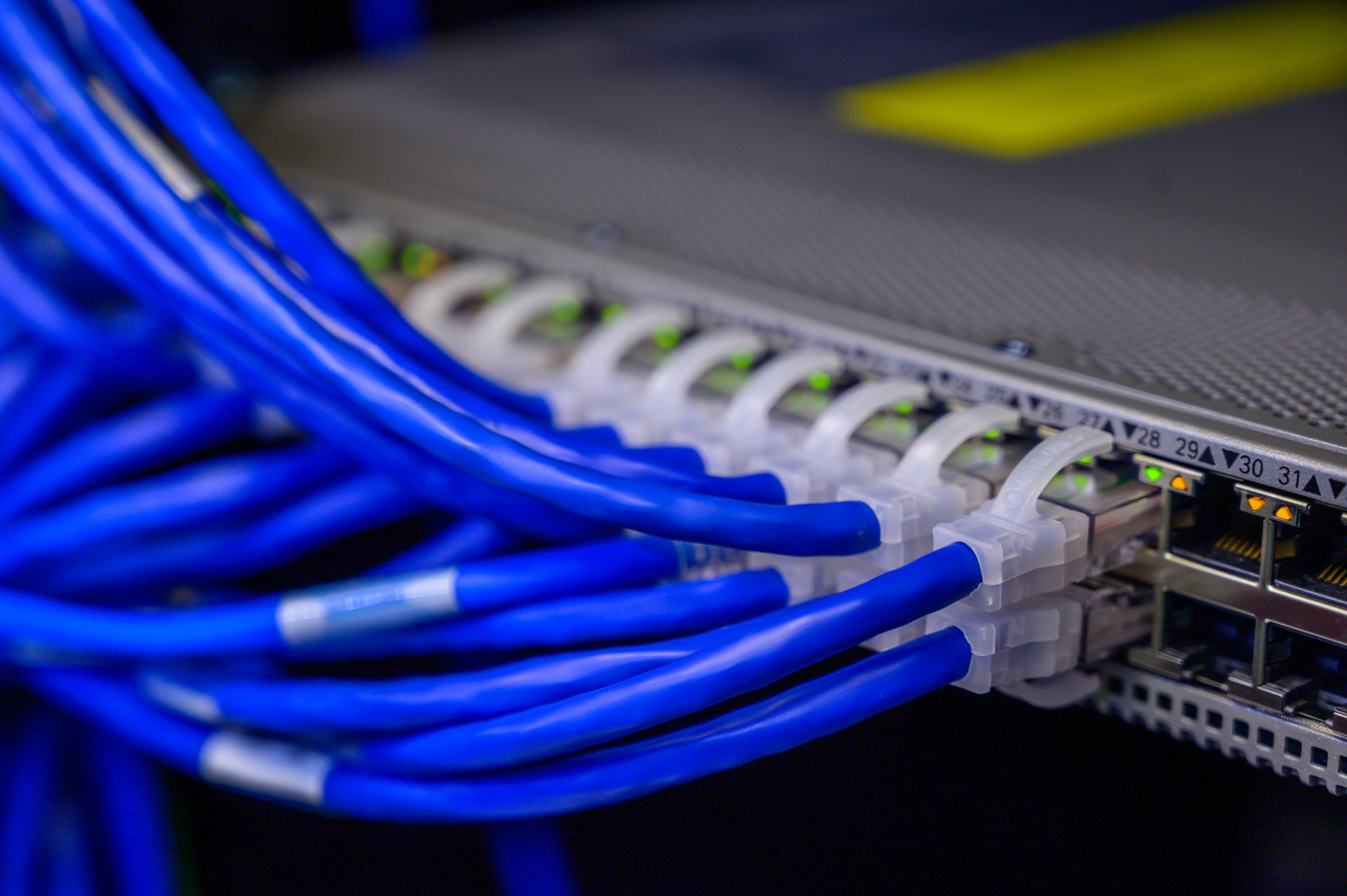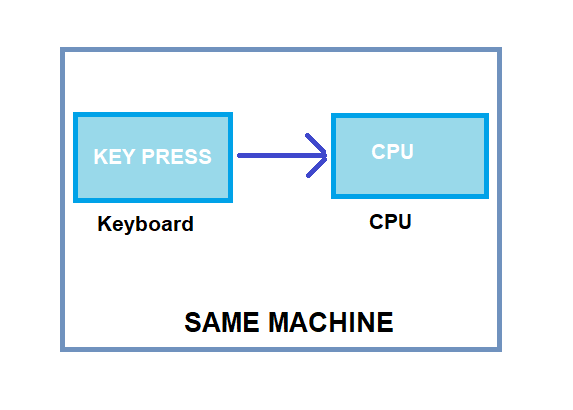Connecting the Dots Between Sender, Receiver, and IPC
 Anjali
Anjali
In the previous article, we discussed the meaning of the term 'computer network'. As we've mentioned earlier, the sender machine sends data over the network, and the receiver machine receives the data. In this blog, we'll explore where these machines are typically located.
Let's dive into the main discussion, and I hope you're as excited😃to learn more!
The sender machine can be any device that shares or sends data or resources to other systems connected to it. A machine that receives the data can be referred to as the receiver machine.
These machines can be located either on the same system or at a distance from each other.
Case 1 - Located on the same system.
When we press a key on the keyboard, instructions or signals flow from the key to the CPU, where they are processed. The output is then displayed on the desktop. In this case, both processes are running on the same computer or physical device.
When two machines or processes are present in the same system and communicate by sharing data, this type of communication is known as interprocess communication (IPC). The operating system, specifically the kernel, manages and facilitates this form of communication.
Case 2 - Not located on the same system.
When both machines are not present on the same system, and the requirement is to transmit large amounts of data quickly, without errors, and with smooth communication within milliseconds, computer networks come into play.
Computer networks have revolutionized 🚀 the way mankind communicates and shares information, playing a crucial role in modern society. It seems like a supernatural power🔥 but actually, it is a product of human ingenuity and technology.

In the next article, we will talk more about case 2. After covering the fundamental topics we will discuss the OSI model.
In this series, we will explore various aspects of computer networking. We will break down each topic step by step, and as we progress, you'll see how these topics connect to form a comprehensive understanding. So, please have patience and learn systematically, as we connect the dots between these topics for a better understanding.
Subscribe to my newsletter
Read articles from Anjali directly inside your inbox. Subscribe to the newsletter, and don't miss out.
Written by
